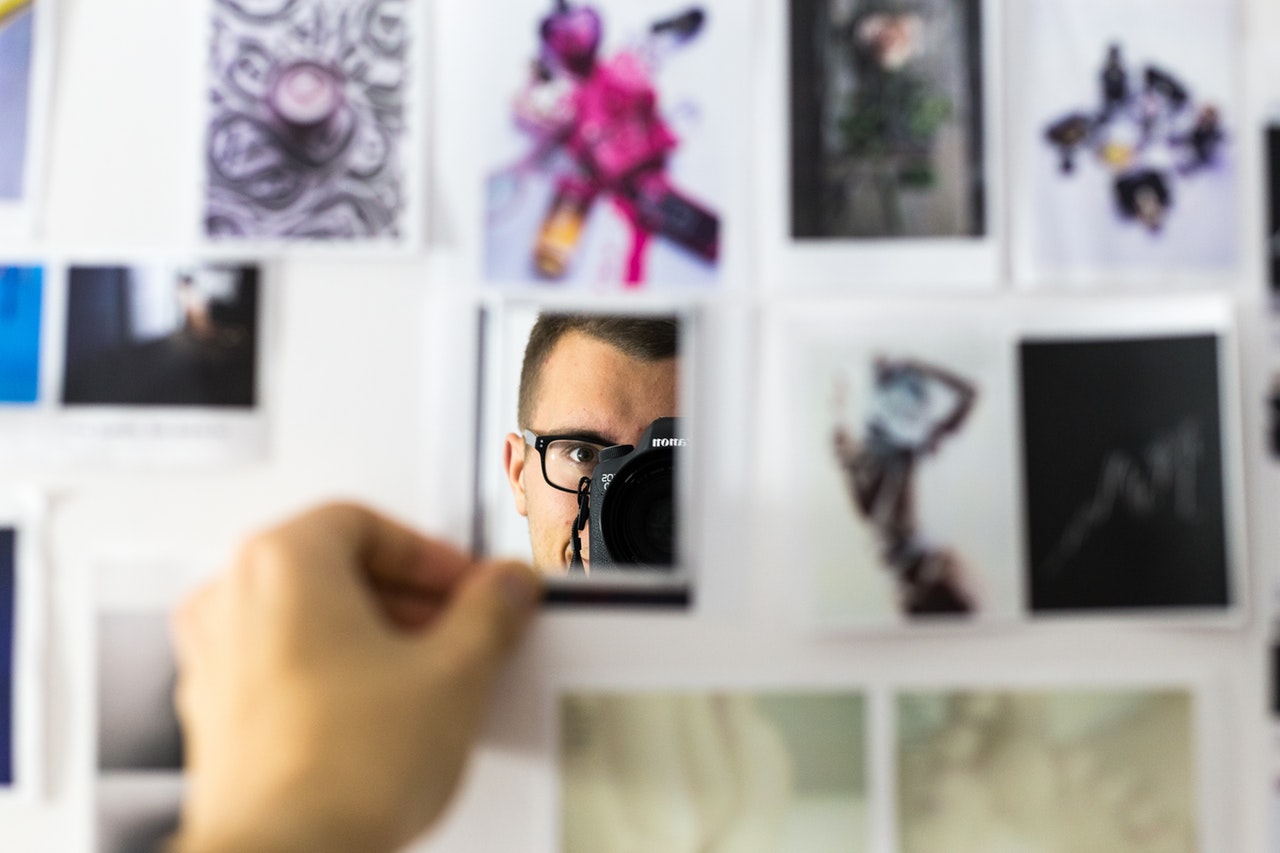
Soon after the release of Google’s Arts and Culture app, photos of people with their art doppelgangers started going viral. The app, which was born out of the booming ‘selfie culture’, aims to connect the modern-day photographic trend with traditional art pieces, by comparing selfies taken by users with famous pieces by the likes of Rembrandt, Michelangelo, and Van Gogh.
Despite their popularity, the internet has a love-hate relationship with selfies. According to a Frontiers in Psychology study by German researchers, 82% of participants admitted they would prefer to see fewer selfies on social media—despite 77% of respondents agreeing that they regularly took selfies. Critics have slammed the new wave of ‘selfie culture’, with some arguing that regular selfie takers are more likely to show narcissistic and psychopathic tendencies.
But the selfie is not a new trend. Artists have been creating images of themselves in their artwork for centuries. The advances in technology that created modern selfies are not eradicating traditional artwork. Instead, they are arguably making art more accessible. The Google Arts & Culture app, for example, has introduced classic artwork to people who have never seen much of it before. And the presence of a camera on every smartphone is, in a way, turning everyone into an artist.
Artists have created self-portraits for centuries
Some of the most famous pieces of art in history are self-portraits, with celebrated artists throughout history painting their own faces. Van Gogh’s self-portraits are some of his more famous pieces, while Rembrandt created almost 100 selfies, including over 40 paintings, 31 etchings, and around seven drawings. In the 90+ portraits of himself that date between the 1620’s and his death in 1669, Rembrandt managed to create an autobiography with his art.
Modern artists incorporated selfies into their work too, including pop artist Peter Blake, whose iconic 1961 ‘Self-portrait with Badges’ is included in the Tate Collection. The painting shows Blake holding an Elvis album, dressed in blue denim, perhaps an allusion to Thomas Gainsborough’s The Blue Boy. Frida Kahlo is also known for her self-portraits. Her paintings are considered her autobiography, often depicting the pain she suffered due to a traffic accident in her youth, as well as charting her turbulent marriage to Diego Rivera.
Technology is allowing the selfie to become its own art form
The “queen of selfies” Kim Kardashian West recently took it upon herself to establish selfies as a legitimate art form by releasing a coffee table photobook made up entirely of her pictures, aptly titled Selfish. Following the massively popular release, London’s Saatchi gallery hosted an exhibition exploring the history of the selfie last year, including famous creations by Rembrandt, Picasso, Munch, Courbet, and Kahlo. However, it also showcased the more modern idea of the selfie, including a photograph Stanley Kubrick took of himself looking into a mirror, and a selfie George Harrison snapped in front of the Taj Mahal in 1966.
The rise of selfie culture has made it easier to create a self-portrait. But some may argue that it requires less artistic skill, despite many people finding it difficult to take the “perfect selfie”. Many social media users even invest in tools to make their snaps look even more professional. Selfie sticks and light-up “selfie cases” for phones are growing in popularity, and a recent report found that the market for selfie accessories will be worth $6.4 billion by the year 2025. While it can be considered easier than ever to capture a photo with smartphones, it seems there is a special skill behind getting the perfect selfie.
Art is subjective to our own experiences and interpretation
While some critics lashed out at Kim Kardashian West’s Selfish photobook, many others praised the reality star for the publication, which offered a behind-the-scenes, and almost relatable, look at her personal life. It’s also important to remember that art is, and always has been, subjective. As John Berger discussed in his collection of essays, Ways of Seeing, everything is viewed in relation to one’s own experiences and interpretations. Everyone has different levels to understanding a piece of art, and has the freedom to form their own opinions based on this.
Technology is opening up new avenues for artists, rather than changing society’s outlook to classic art. Taking a selfie can be considered the same as commissioning an artist to paint a portrait, which is what many high-profile members of society did in the past. Society’s attitude to art hasn’t changed that much over the past few centuries, as everyone still wants to be immortalised through artwork—it’s simp-y much easier to do it now with technology

